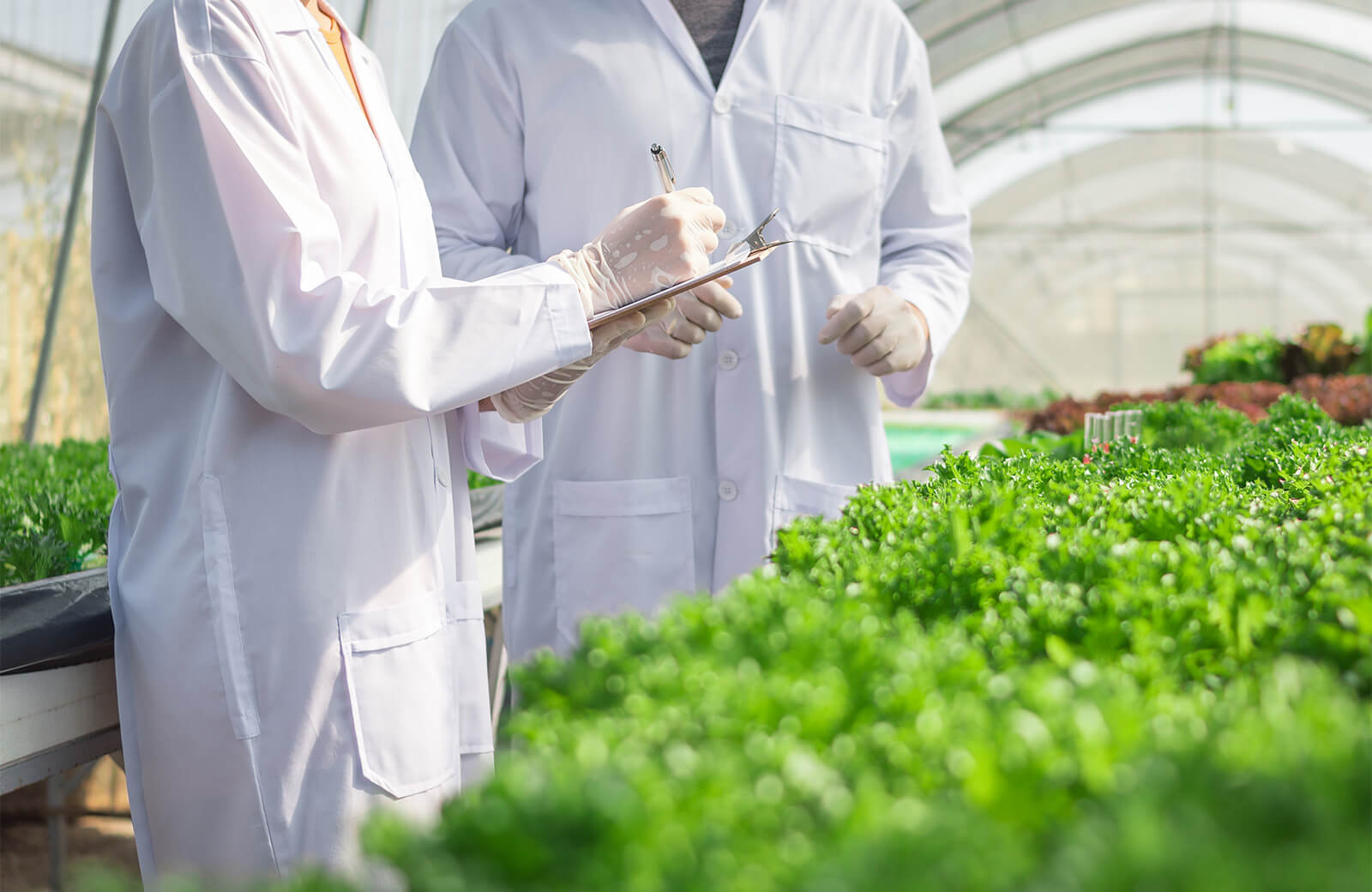
Food Testing
SMART™-II E. coli Food Test
Rapid Bacteria Detection in Under 5 minutes
Description:
Most foods harbor microorganisms in differing concentrations. E. coli O157:H7 species are one of the major causes of foodborne illness worldwide. There are hundreds of E. coli serotypes (species). Many serotypes are capable of causing enteric diseases in humans; many of the hemorrhagic serotypes cause severe intestinal disorders and even kidney failure.
The O157:H7 serotype is associated with severe foodborne illness and has been implicated in most foodborne outbreaks.
Symptoms appear 8-42 hours after ingestion of E. coli O157:H7 contaminated food. Symptoms include diarrhea, vomiting, chills, fever, nausea, abdominal cramps, and prostration.
In order to detect low levels of E. coli O157:H7 in foods, a series of sequential pre-enrichment culturing steps are required. The method includes a pre-enrichment on selective or differential media for 16 to 24 hours to increase the levels of E. coli O157:H7 organisms.
Features:
- Less than 20 seconds technician time
- Room temperature storage
- Distinct color reaction on capture membrane
Downloads
SMART™-II Salmonella Food Test
Rapid Bacteria Detection in Under 5 minutes
Description:
Most foods harbor microorganisms in differing concentrations. Salmonella species are one of the major causes of foodborne illness worldwide. There are over 1500 Salmonella serotypes (species). Many serotypes are capable of causing salmonellosis in humans; however, only a small number of these serotypes have been associated with foodborne illness. S.typhimurium and S enteritidis have been implicated in most of foodborne outbreaks.
Symptoms appear 8-42 hours after ingestion of Salmonella-contaminated food. Symptoms include diarrhea, vomiting, chills, fever, nausea, abdominal cramps, and prostration.
In order to detect low levels of Salmonella in foods, a series of sequential pre-enrichment culturing steps are needed. The methods include pre-enrichment on selective or differential media for 16 to 24 hours to increase the levels of Salmonella organisms.
Features:
- Less than 20 seconds technician time
- Room temperature storage
- Distinct color reaction on capture membrane
Downloads
PROFILE® 1
Rapid Bacteria Detection in Under 5 minutes
Description:
The PROFILE® 1 Bioluminometer is a hand-held instrument capable of determining the presence of low levels of bacteria. PROFILE® 1 is able to differentiate microbial from somatic cells, yeast from bacteria, and can eliminate interfering (quenching) substances from the sample. To maximize specificity, a series of simple, patented, sample preparation steps are used to remove ATP arising from human cells and other interfering compounds. PROFILE® 1 will detect only viable organisms. Studies performed by the USDA, Agriculture Canada, DOD, University of Michigan, and others have shown an excellent correlation to standard culture methods. Results are read on the LCD display.
Features:
- Provides reliable, near real-time detection of bacteria.
- Accuracy of a 48-hour culture in less than five minutes.
- Discriminates bacterial ATP from Total ATP
- Eliminates quenching substances from sample
- Hand-held, battery powered
Models:
Bioluminometer (Model 3550)
Tests for the rapid detection of bacteria and toxins in human, environmental, surface, food, and water samples.
Descriminates between total ATP and bactirial ATP.
Bioluminometer (Model 3550i)
Utilizing an incubation process to render spores to a vegetative state, Model 3550i detects the presence of spores.
Bioluminometer (Model 4550)
Total ATP and is solid phase (the luciferin-luciferase is freeze-dried onto a membrane). This method is quick, easy and sensitive.